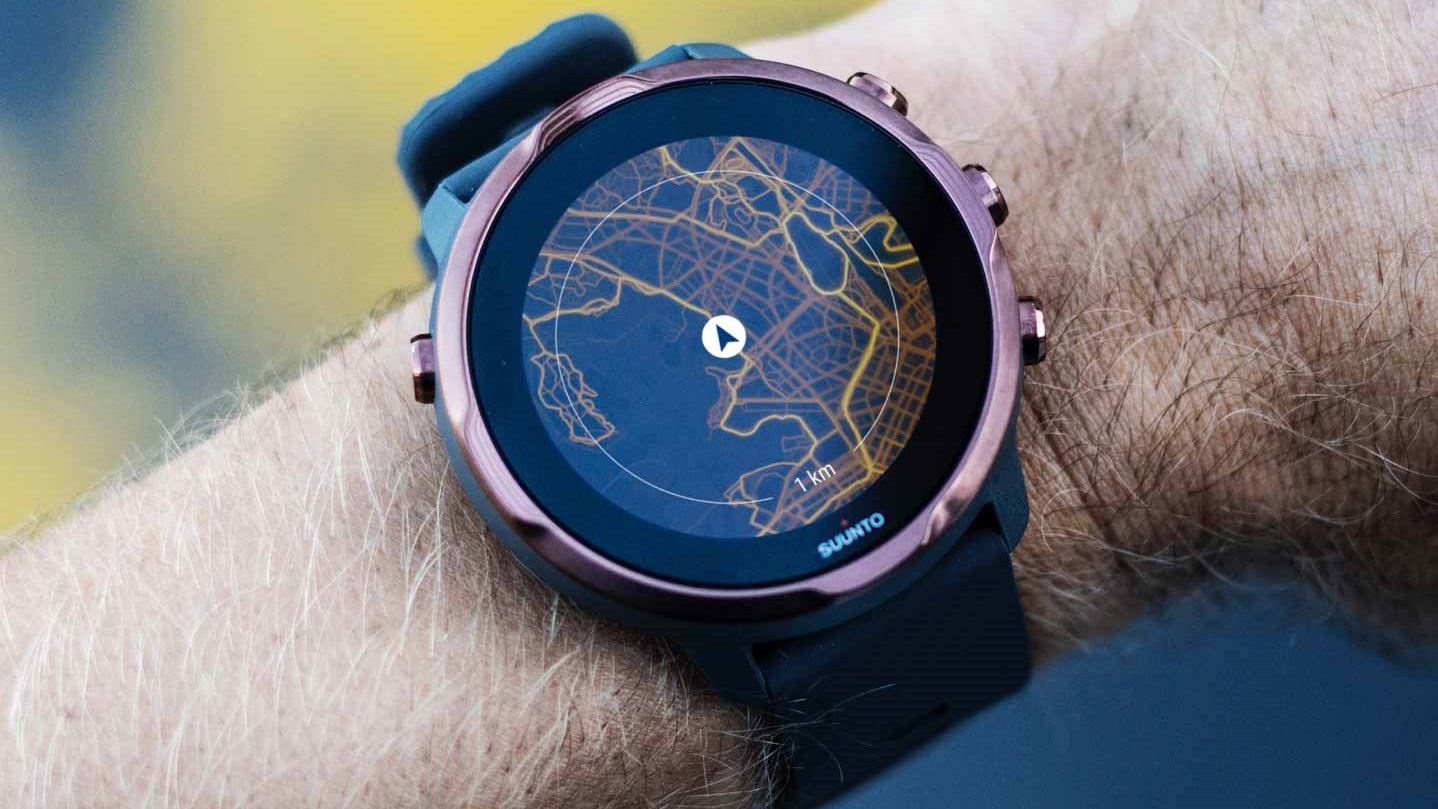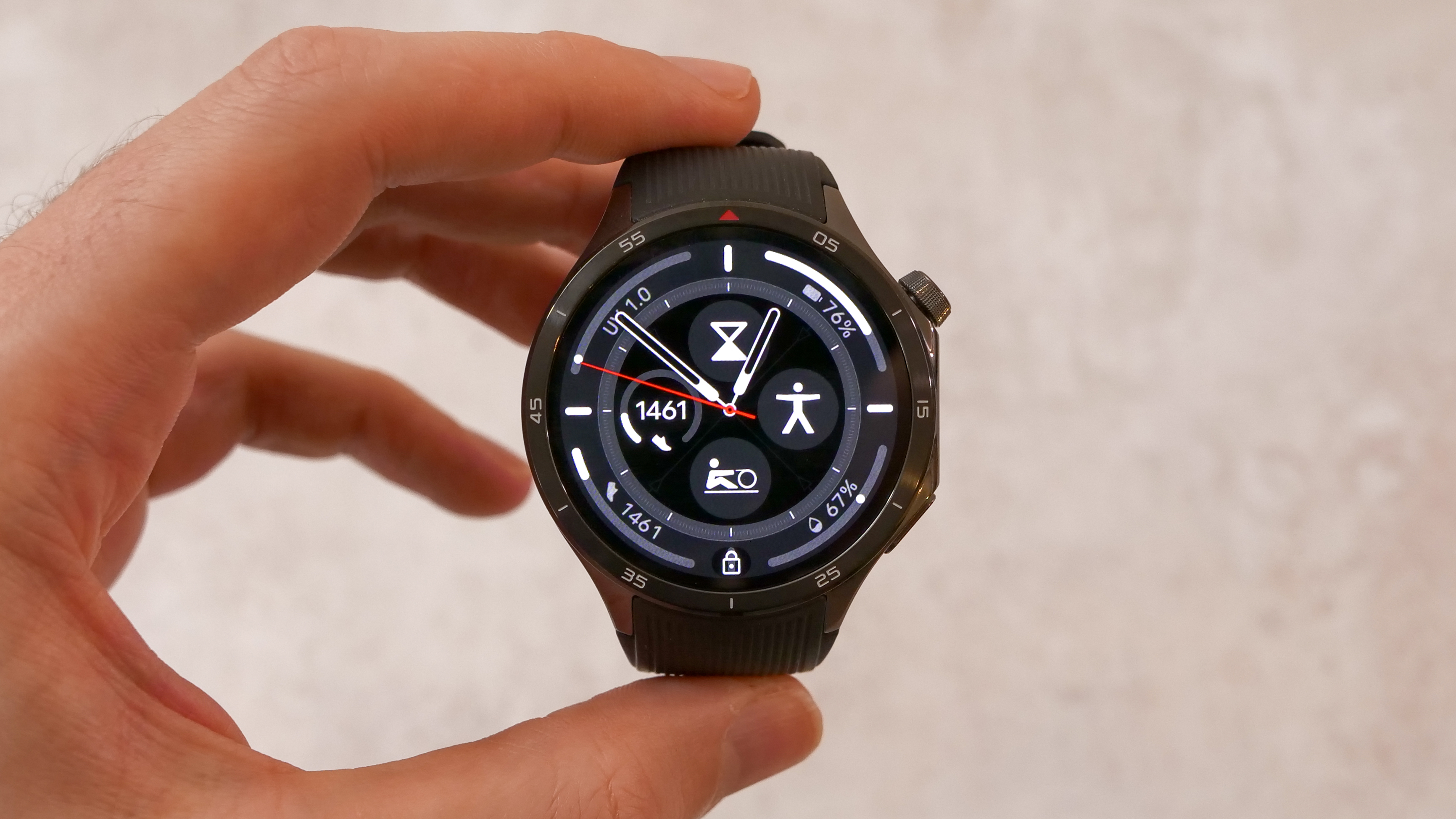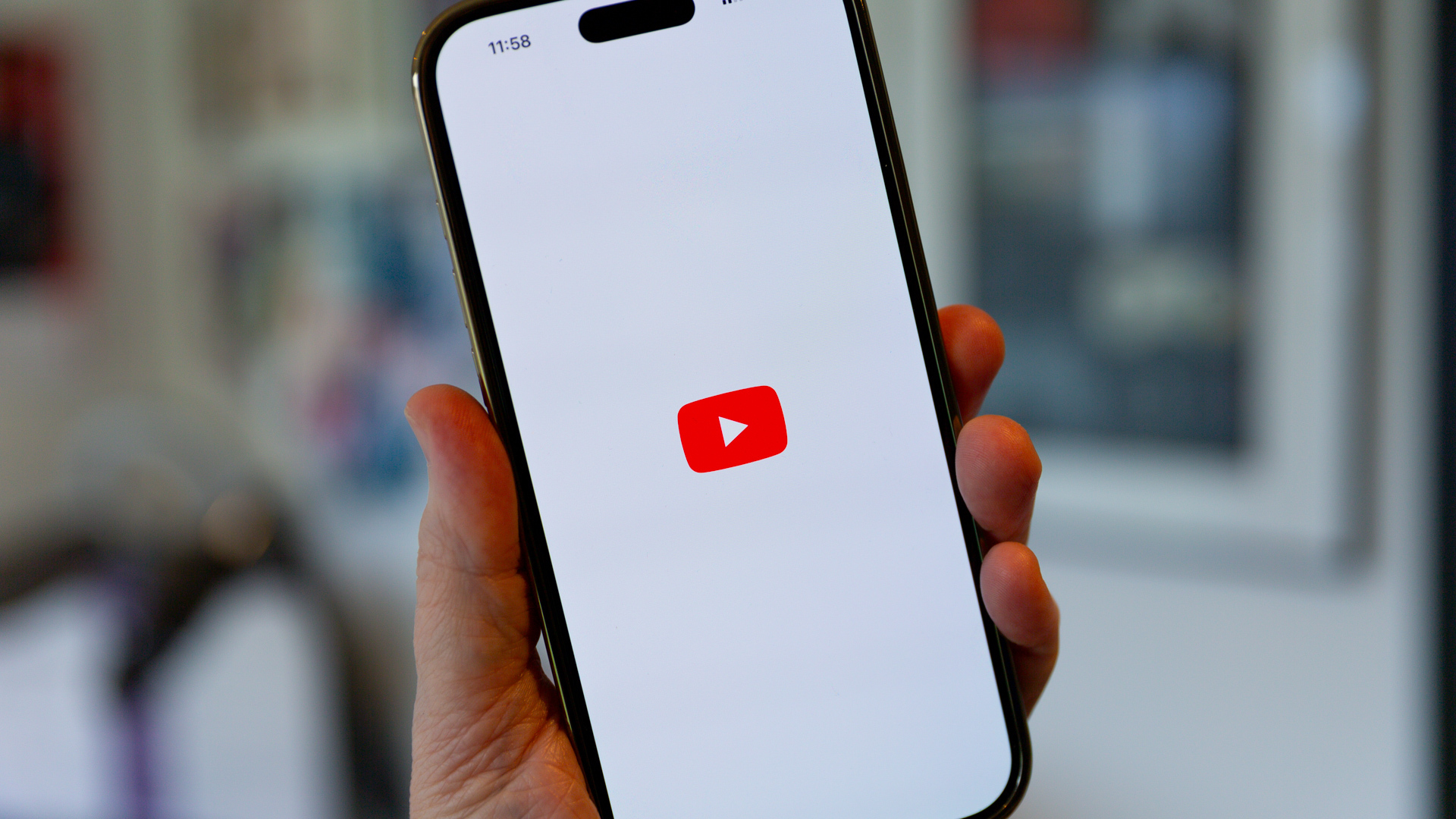Suunto 7 review: new Wear OS powered running watch is a Fitbit Versa 2 on steroids
Is the Suunto 7 a smartwatch, a running watch, a fitness tracker or maybe all of them?

With the Suunto 7, the Finnish manufacturer tries to blur the lines between smartwatches, running watches and fitness trackers, using Google's Wear OS. While I was impressed with the huge display, the offline maps and the sensor precision, the Suunto 7 doesn't fully compensate for the shortcomings of its user interface and the short-sh battery life.
-
+
Large screen
-
+
Downloadable maps
-
+
Wear OS smart functionality and integrations
-
+
Touchscreen
-
-
Battery life short (for a running watch)
-
-
Expensive
-
-
Laggy touchscreen
-
-
Dual app (Wear OS, Suunto App) control on phone is confusing
Why you can trust T3

This Suunto 7 review is a funny one, mainly because it's hard to place the new fitness smartwatch from the Finnish manufacturer into a well-defined category. On one hand, you'd want to compare it with regular smartwatches, like the Apple Watch Series 5 or the Samsung Galaxy Watch Active 2, since the Suunto 7 uses the Google Wear OS and has pretty neat smart connectivity and functionality.
On the other hand, given the pedigree of previous Suunto watches and the emphasis on maps and sport modes readily available on the watch straight out of the box, you'd also want to measure performance against full-fledged running watches like the Polar Vantage V or the Garmin Fenix 6 Pro.
• Buy the Suunto 7 directly from Suunto
After wrapping the watch around my wrist, what caught my attention straight away was the huge screen. I'm used to big screens – I wear a Garmin Fenix 6 Pro on most days – and we have seen Suunto watches with big displays before, like the Suunto 9, but the Suunto 7 still surprised me with just how vibrant the display looked.
The Suunto 7 offers more than just a large screen, too: the downloadable maps are available offline, it has over 70 sport modes, music control and all the smart functions you'd expect from a Wear OS powered watch. All the tech is sandwiched between a glass fibre reinforced polyamide case and a Gorilla Glass screen at the top.
The catch? For one, you'll have to pay £429/$499 for the Suunto 7, which is quite lot, even for a competent fitness smartwatch like the Suunto 7, compared to other Wear OS devices like the Huawei Watch GT 2.
The closest competition to the Suunto 7 is probably the aforementioned Garmin Fenix 6 Pro or more like the Garmin Venu, which is also a lifestyle fitness watch with a 30 mm AMOLED screen and many casual features. The Garmin Venu costs almost £200 cheaper than the Suunto 7, though.
Does the Suunto 7 worth the hefty price tag? Let's explore together.
- Best Suunto watch: multi-sport fitness watches from Finland for tracking triathlon and trekking
- Best running watch: the best fitness watches for running, gym, workouts, cycling and hiking
- Best triathlon watch: track your swim, cycle and run with these advanced multi-sport smartwatches

The Wear OS powered Suunto 7 is a versatile smartwatch
Suunto 7 review: build quality
The Suunto 7 is not the first attempt from the Finnish manufacturer to enter the market for casual fitness wearables. The Suunto 3 Fitness is also aimed at people who want to use their smartwatch for activity tracking as well as paying in the shops and receiving smart notifications on their wrists.
As expected, the Suunto 7 has a great build quality. In fact, somehow it feels lighter than how light it actually is: 70 grams might not sound much and it is lighter than the Suunto 9 – which comes in at 81 grams – but it is heavier than many other running watches on the market, like the Garmin Venu (46.3 grams), the Polar Vantage V (66 grams).
The Suunto 7's hardware is all about the touch-screen AMOLED display, which is housed under a Gorilla Glass screen. The high-res display (454 x 454 pixels) is sharp enough to see images that's been sent to you through WhatsApp and has enough contrast and brightness to be easily readable, even under harsh lighting conditions.
The silicone strap is bendy and easy to do up using one hand only. The Suunto 7's strap is a bit wider, which is understandable, given how big the screen is. Providing a skinny strap with 50 mm watch case would have made it look really odd.

Suunto 7 review: ergonomics
The Suunto 7 uses a hybrid touch-screen and four button navigation, which, just like in the case of the Polar Vantage V, needs a little time to get used to. I was missing a 'back' button which would take me back to the previous screen, instead, you will need to swipe right.
You can swipe in either direction from the main screen to access different areas of the Suunto 7. To return to the main screen, you swipe the opposite direction, but if you went into any submenus, you will have to swipe right to return the first screen you started navigating from and then the opposite direction to return to the main screen.
You can use the top left button to return to the main screen, but it does worth mentioning that the 'home' button also has a secondary function if you long press it. The buttons on the right are used for accessing different menus and features but also to move up/down in the menus.
If it sounds confusing, let me assure you: it is. I think it would be more beneficial to be able to navigate the Suunto 7 either with touch-controls or the buttons, as opposed to mixing it up, which just leads to confusion and frustration, especially at the beginning.

Suunto 7 review: Wear OS and user interface
The new Suunto 7 is different from previous Suunto watches because this is the first model to feature Google's Wear OS, a move that brings along a range of smart functionalities, integrations and features, as well as many of the frustrating aspects of the operation system.
It is not standard vanilla Wear OS, of course, and Suunto included a really potent feature as well: maps can be downloaded into the watch and used offline, making navigation more convenient and not dependent on connection with a phone. Naturally, you'll also get all the Google Fit/Assistant/Pay/Play integrations as well as many other apps.
Given the large display, you'd think touch controls would be ideal, and you'd be right, let it not be for the laggy Wear OS. In the age of smartphones, any delay in visual feedback after user action will inevitably lead to frustration, and the Suunto 7 is unfortunately prone to lagging. The controls are not terrible but they're not as snappy as on non-touch screen fitness wearables.
You can, however, customise the UI by rearranging the tiles – each screen – on the Suunto 7 or using the Wear OS app on your phone. There are five different watch faces available (at the moment), the coolest being the one which shows the running heatmap in the background. It changes depending on your location, too.
The duality of the Suunto 7 is probably best explained by how you change and access information about the watch on the phone: Wear OS features – the tiles, watch faces, integrated apps etc – can be changed in the Wear OS app while sport activities are fed into the Suunto App.
Another good example of this is the music control: you can use the internal memory to store music on the Suunto 7, but only if you have a Google Play Music account. You can, however, control music playback on the phone using the watch, but you have to start the music first on the phone.
It's not impossible to get used to all this but it gives one the impression that Suunto launched the watch before they fully fleshed out how to integrate Wear OS into the Suunto ecosystem.

Suunto 7 review: sport modes
There are plenty of advanced sport metrics for all manners of sports here: in the water, the Suunto 7 can track heart rate, SWOLF, distance and pace. Runners will appreciate the FusedSpeed feature which is a "combination of GPS and wrist acceleration sensor readings for measuring your running speed more accurately." You can even track cycling speed and check a real-time lap table on your wrist with average heart rate, average power and average speed shown.
One of the coolest feature of the Suunto 7 is the offline map availability on the watch. Download will commence only when the watch is charged, so maps can be downloaded/updated while you sleep (which is most likely when you'll charge the watch). There are different 'skins' you can apply to the maps, like the running/cycling heatmap which shows the routes most frequented by Suunto users around your current location. The same map is on display as background on the home screen (when the corresponding watch face is selected).

Suunto 7 review: is the Suunto 7 accurate?
The Suunto 7 has over 70 sport modes and this is an area where the watch really shines. Granted, I haven't tried all the modes but during cycling and running, the Suunto 7's sensors gave me precise readings, even compared to the Polar H9 heart rate monitor.
Four different positioning systems are being enabled on the Suunto 7 for high-precision tracking: GPS, GLONASS, QZSS and BEIDOU. It seems Suunto traded in the European GALILEO system for the Chinese BEIDOU, probably in order to please the ever expending Chinese customer base.
The GPS isn't hyper-precise but there had been some improvements since the Suunto 5, which often randomly dropped the signal. Following my path on the map in the Suunto app, it seems like I ran through buildings here and there without me noticing, but in general, the GPS was precise enough. It does worth mentioning that the GPS recording frequency is one second, which might explain the discrepancies between my actual position and the one shown on the map.

Suunto 7 review: verdict
The Suunto 7 occupies a strange space on the fitness wearable market: it is too expensive and overpowered to be a fitness tracker and to some degree, too casual to be taken seriously as a running watch. It is more expensive than many of the latest Apple Watch models and also its direct competitor, the Garmin Venu.
Yet, the Suunto 7 has plenty to offer: the sharp display, plenty of smart functionality, good heart rate sensor and built-in GPS, not to mention the offline maps and the really cool heatmaps.
The controls are slightly confusing at first, the mix of touch and push button operation which – combined with the laggy Wear OS interface – can cause frustration, especially until you get used to the shortcomings of the system.
On a scale from Garmin Forerunner 945 to Fitbit Versa 2, the Suunto 7 sits closer to the former but still gives the impression that it's the latter on steroids. One thing that pushes the Suunto 7 towards the Fitbit Versa 2 end of the scale is the battery life. You will be lucky to go two days between two charges, which is not too bad for a Wear OS watch with a huge display, but it is not great compared to running watches like the Suunto 9 or even the aforementioned Garmin Venu which can last up to five days (it has a smaller display, mind).
The biggest issue with the Suunto 7 is its price; it might be an Apple Watch competitor, but I doubt many people would choose a Suunto over an Apple Watch. Once the price has dropped slightly (watch out for those sweet discounts here at T3!), I will be able to wholeheartedly recommend the Suunto.
Sign up to the T3 newsletter for smarter living straight to your inbox
Get all the latest news, reviews, deals and buying guides on gorgeous tech, home and active products from the T3 experts

Matt Kollat is a journalist and content creator who works for T3.com and its magazine counterpart as an Active Editor. His areas of expertise include wearables, drones, fitness equipment, nutrition and outdoor gear. He joined T3 in 2019. His byline appears in several publications, including Techradar and Fit&Well, and more. Matt also collaborated with other content creators (e.g. Garage Gym Reviews) and judged many awards, such as the European Specialist Sports Nutrition Alliance's ESSNawards. When he isn't working out, running or cycling, you'll find him roaming the countryside and trying out new podcasting and content creation equipment.
-
 Leaked AirPods prototype looks like Nothing... literally
Leaked AirPods prototype looks like Nothing... literallyAnd we are here for them
By Britta O'Boyle Published
-
 OnePlus Watch 3 lands in the UK with a flurry of freebies and a huge discount
OnePlus Watch 3 lands in the UK with a flurry of freebies and a huge discountThe new titanium-clad smartwatch brings 120-hour battery life, ECG health checks, and some serious launch offers
By Matt Kollat Published
-
 Future YouTube feature could put an end to your doomscrolling
Future YouTube feature could put an end to your doomscrollingAnd that's something we would love to see
By Britta O'Boyle Published